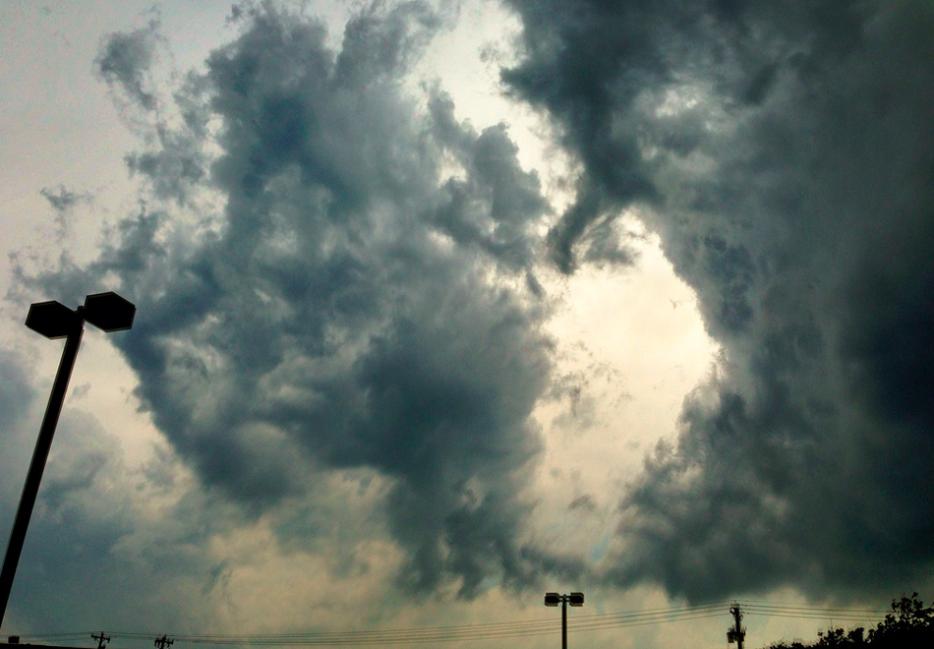Ladies and gentlemen, Senator James Inhofe of Oklahoma, a Republican who staunchly opposed any federal aid for New York and New Jersey in the wake of Hurricane Sandy who is now calling for federal aid in the wake of the tornado that hit central Oklahoma, and the town of Moore, on Monday. You’ll be shocked to learn that Inhofe thinks the two situations are completely different.
Inhofe is also well-known for being one of the US Senate’s loudest opponents of any measures to combat climate change, something he calls “the greatest hoax ever perpetrated on the American people.” No, really, he’s got a book and everything.
Meanwhile in the real world, the Scripps Institute of Oceanography’s instruments on Mauna Loa announced earlier this month that the world had stumbled across a notable tripwire: for the first time in human history, the Earth’s atmosphere contained more than 400 parts per million of carbon dioxide. We can confidently say “human history” because the last time the fossil record showed 400 ppm of CO2, approximately three millon years ago, our ancestors were not recognizably human. We are, in a very real way, in terra incognita.
Scripps’ observatory was set up by Charles Keeling in the ’50s, and as far as anyone knows it wasn’t actually just an excuse to spend time in Hawaii on someone else’s dime. Charles’ son Ralph Keeling maintains the records of its observations now. (Hey, as family businesses go...) Longevity is actually one of the most important things about the “Keeling Curve,” as the long upward arc of CO2 readings is known: we have 55 years of measurements, spanning any number of economic and environmental trends. So we know that while the atmosphere kept warming with the sun up to the 1970s, it also kept warming in the 1980s and ’90s as the sun’s cycles moved in the other direction. If Keeling (pere or fils) had started the observations a generation later, one of the key pieces of evidence for human-caused climate change would be missing or, at the very least, weaker.
Crossing the 400 ppm line isn’t inherently important: there’s no scientist who thinks that 400 is dangerous but 399 was safe. People are people, though, and our brains react to round numbers like this for the same reason we treat it like a big deal when the odometer clicks over to a round 100,000.
The real horror story may turn out to be that we overshot safe concentrations of atmospheric CO2 some time ago. Recently retired NASA climate scientist James Hansen has been saying as much for years, noting that the last time greenhouse gases were this high the Earth’s oceans were four metres higher. Sandy’s storm surge in the Northeast last year was just over four metres, so we may just be pencilled in for a tide like Sandy’s coming in and never going out again.
There was, for a moment in the late 2000s, a point where everyone was talking about Peak Oil: the idea that we’d reached a permanent plateau in oil production and were destined to live in an energy-constrained world at best, and a Mad Max-style armageddon at worst. The shale fracking revolution in the US has put that idea back in the closet for now, but the last few weeks of headlines are a reminder that even if gas is cheap, Google Glass won’t be the scariest thing we have to deal with.






